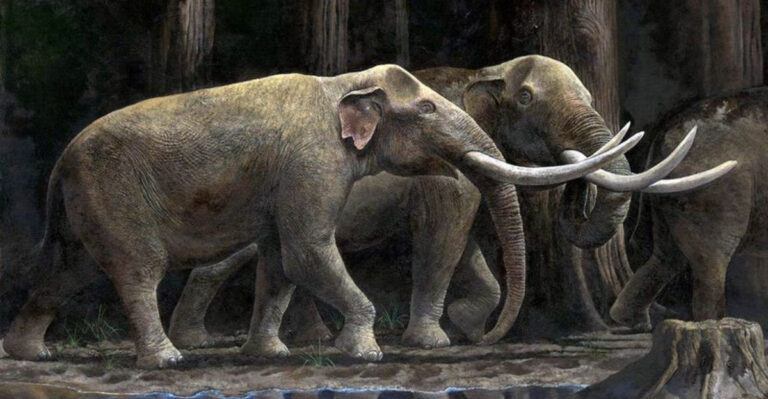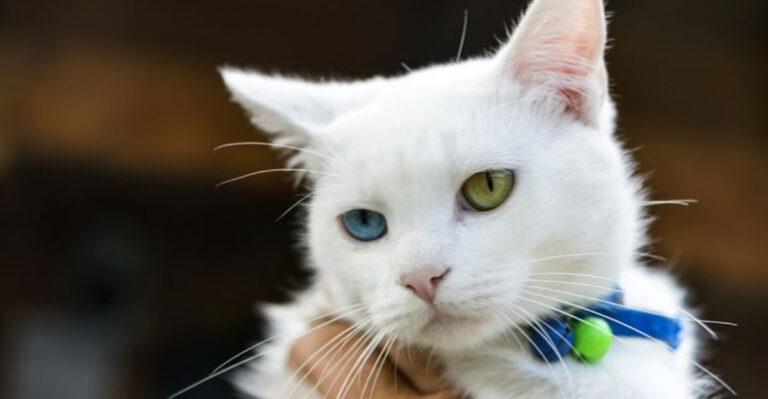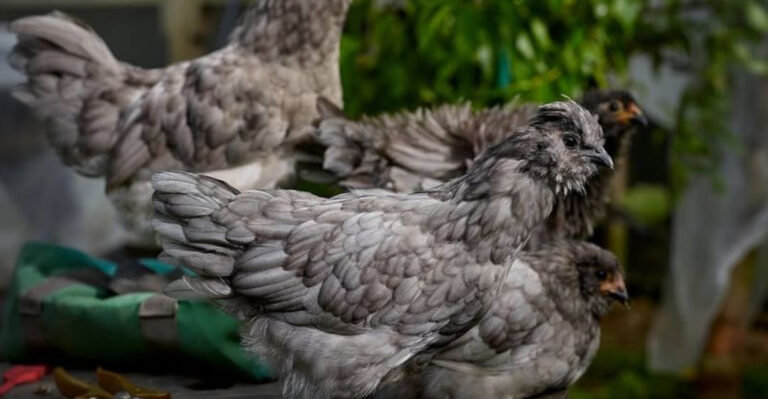12 Amazing Prehistoric-Looking Animals That Still Roam The Earth
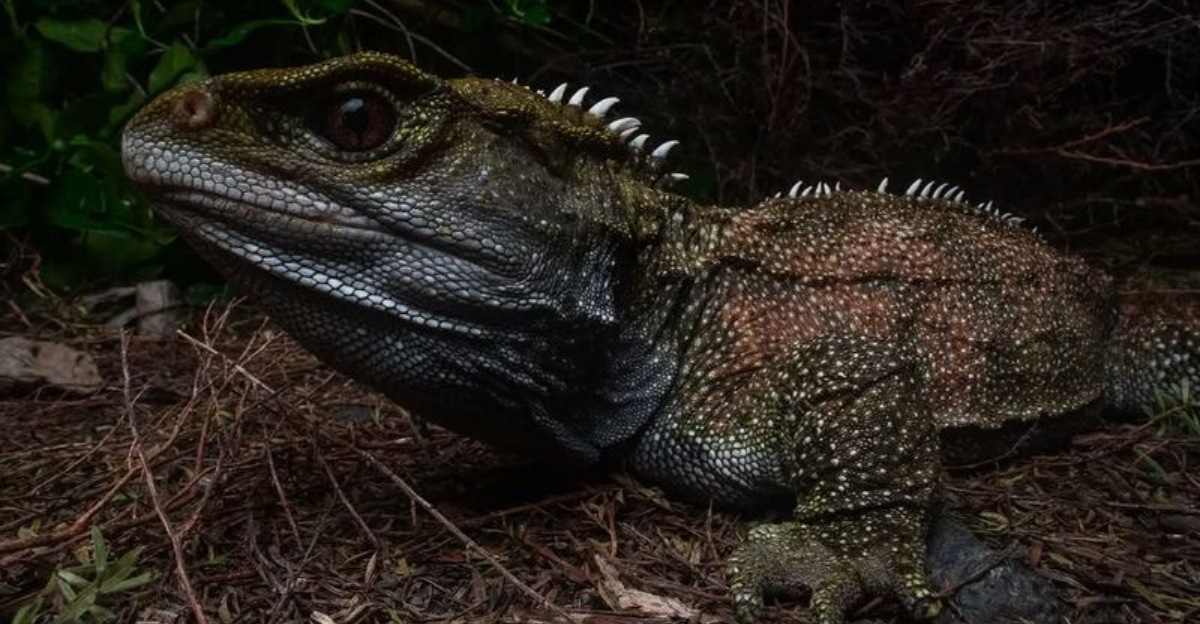
In a world where technology and innovation seem to be at the forefront, it’s fascinating to discover that some creatures appear to have stepped right out of the pages of a prehistoric epic.
These animals, with their primeval features, remind us of the Earth’s ancient past. Get ready to be amazed by these living relics of evolution, which have adapted and survived through the ages.
1. Alligator Snapping Turtle
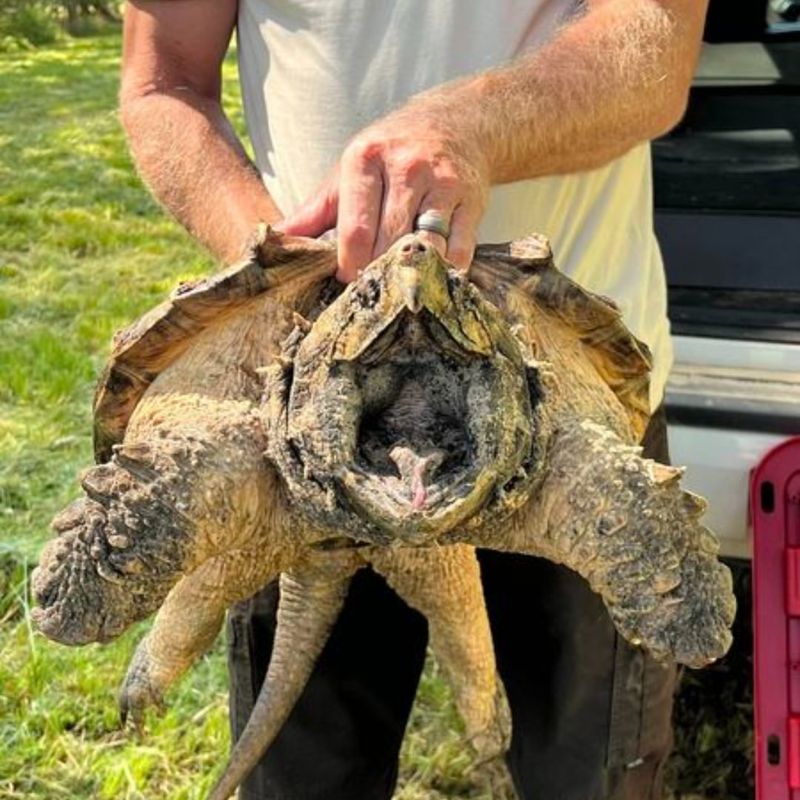
The alligator snapping turtle is one of the most prehistoric-looking reptiles alive today. Its rugged, spiked shell and powerful, beak-like jaws give it an intimidating appearance.
Found primarily in the southeastern United States, this turtle inhabits rivers and swamps. Their tongue, resembling a worm, acts as a lure for fish. In the murky waters, these turtles remain motionless for hours, waiting to ambush their prey.
2. Horseshoe Crab
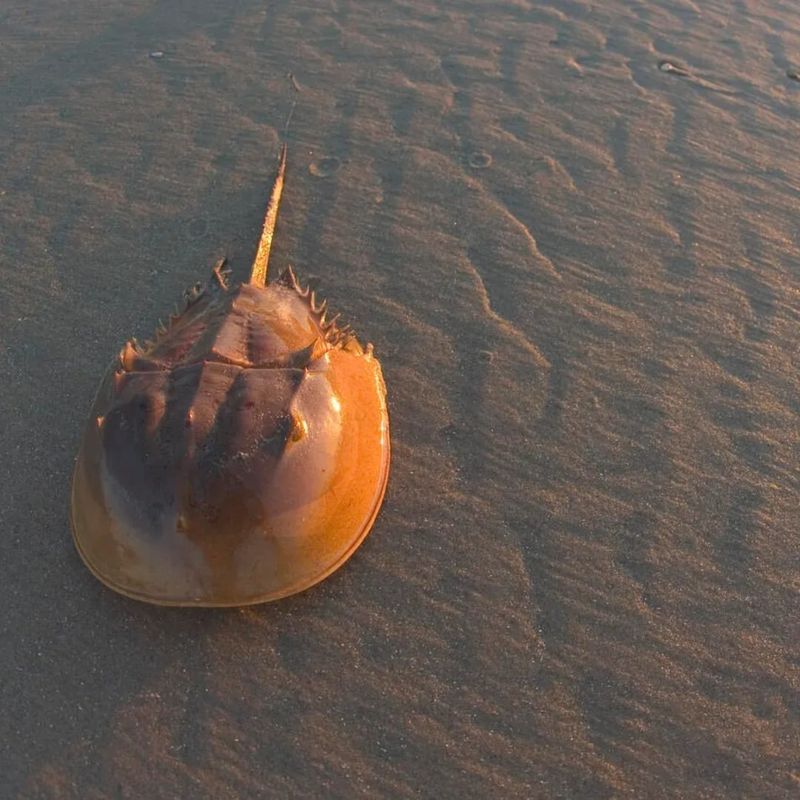
Horseshoe crabs have walked the Earth for over 450 million years, surviving mass extinctions that wiped out many other species. Their hard, curved shells make them instantly recognizable. These creatures are often found along the Atlantic coasts, particularly during their spawning season.
Despite their name, horseshoe crabs are more closely related to spiders than actual crabs. Their blue blood is highly valued in medical research for its unique properties.
3. Coelacanth
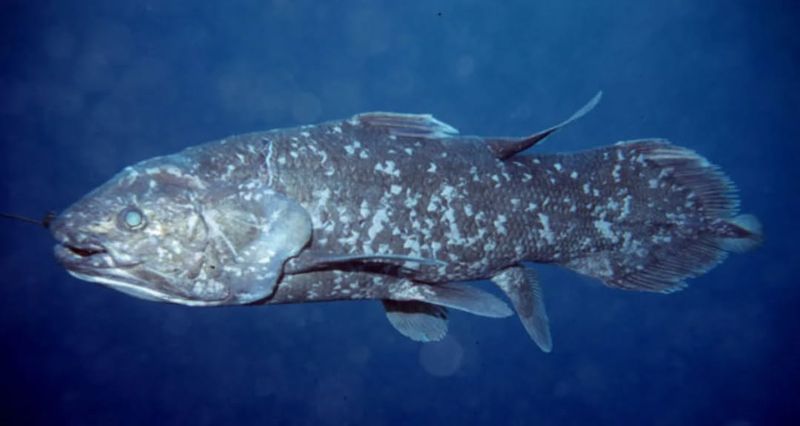
Once thought extinct, the coelacanth was rediscovered in 1938, astonishing scientists worldwide. This deep-sea fish, with its lobed fins and primitive features, is often referred to as a ‘living fossil.’ Found near the coasts of the Indian Ocean, it dwells in depths up to 2300 feet.
Coelacanths can live over 60 years, giving birth to live young, a rarity among fish. They provide valuable insights into evolutionary history, bridging the gap between fish and terrestrial vertebrates.
4. Komodo Dragon
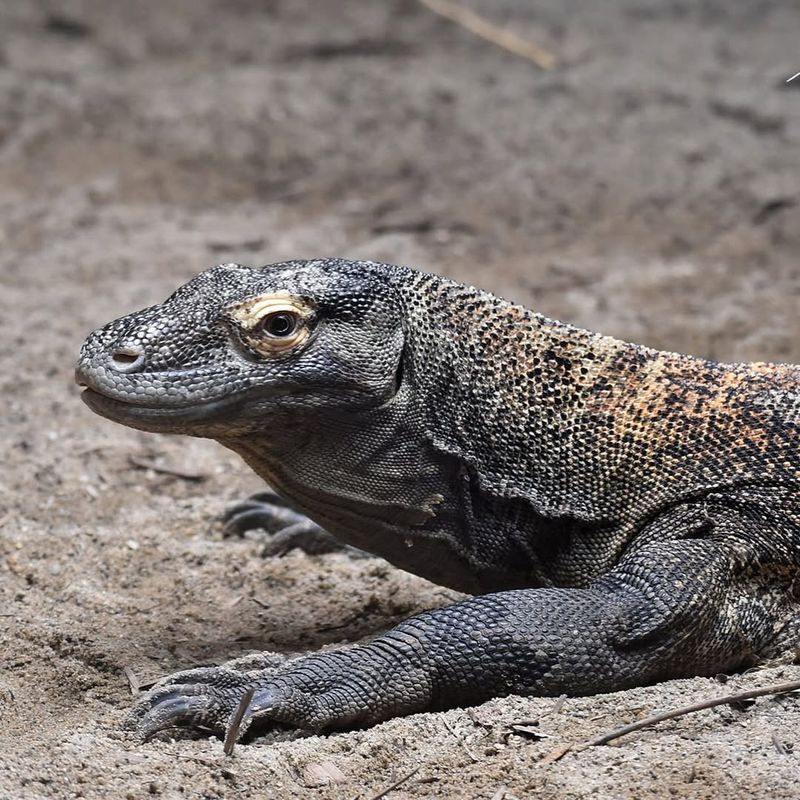
The Komodo dragon, native to Indonesia, is the world’s largest lizard, boasting a fearsome reputation. Its robust body, armored skin, and forked tongue give it a distinctly prehistoric look. These apex predators rule the island ecosystems where they reside.
Komodo dragons have a keen sense of smell, detecting carrion miles away. They rely on stealth and strength to overpower prey, using venomous saliva as a weapon.
5. Frill-Necked Lizard
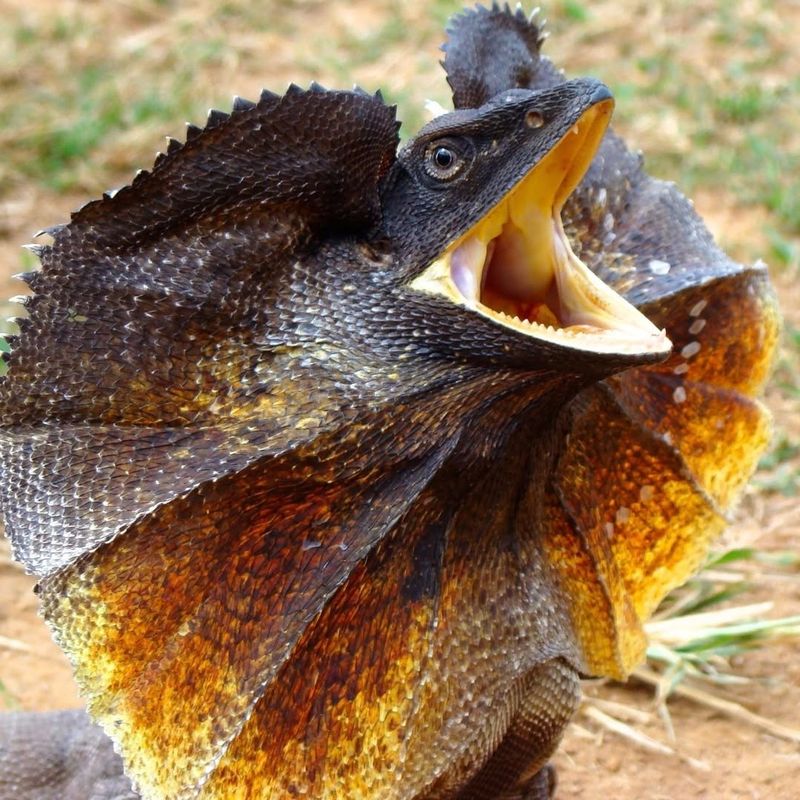
The frill-necked lizard, with its distinctive neck frill, is a striking reptile found in Australia’s forests and woodlands. When threatened, it unfurls its frill, displaying vibrant colors to startle predators. This iconic pose has earned it a place in media and popular culture.
Primarily arboreal, it spends much of its time in trees, hunting for insects. Despite its fierce appearance, it prefers flight to fight, seeking refuge in branches.
6. Axolotl
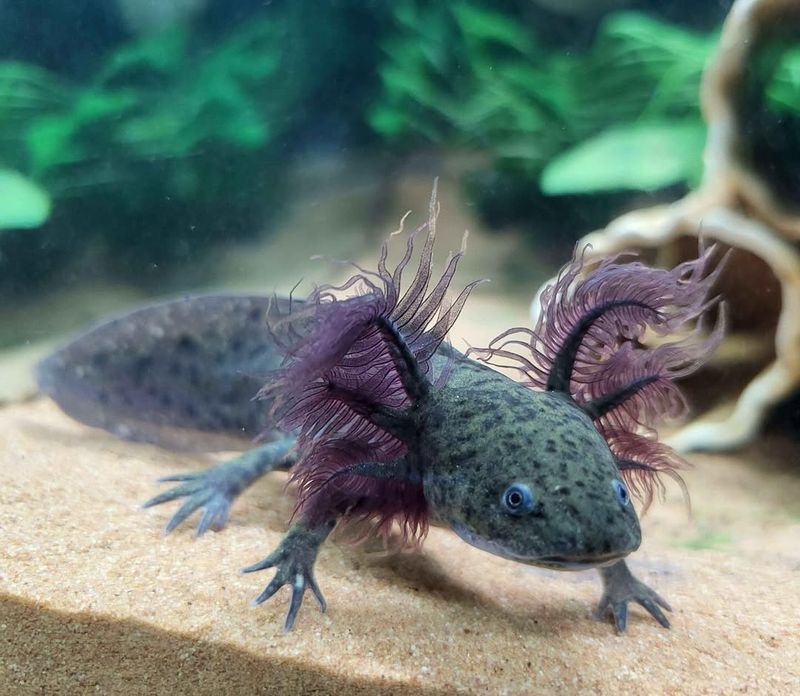
The axolotl, a unique amphibian native to Mexico, is known for its ability to regenerate limbs, a trait that fascinates scientists. These ‘walking fish’ retain juvenile features throughout their life, a phenomenon known as neoteny.
In the wild, they inhabit the remnants of ancient lakes, though their numbers have severely dwindled due to urbanization and pollution. Conservation programs aim to protect their delicate ecosystems and study their regenerative capabilities.
7. Arapaima
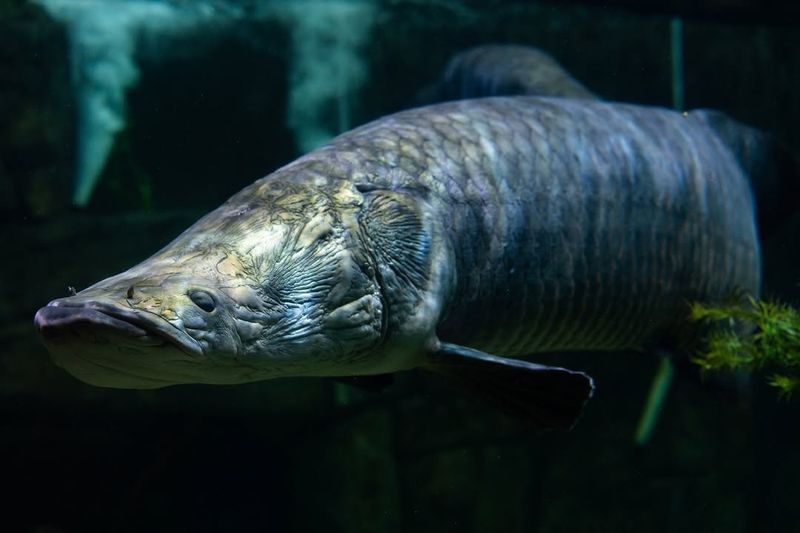
The arapaima, one of the largest freshwater fish, is a formidable creature of the Amazon River. Its elongated body and red-tinted scales give it an ancient and majestic appearance. Revered by local tribes, it plays a crucial role in their cultural lore.
Arapaima are air-breathing fish, surfacing regularly to gulp air. Overfishing threatens their populations, prompting initiatives to promote sustainable fishing practices.
8. Tuatara
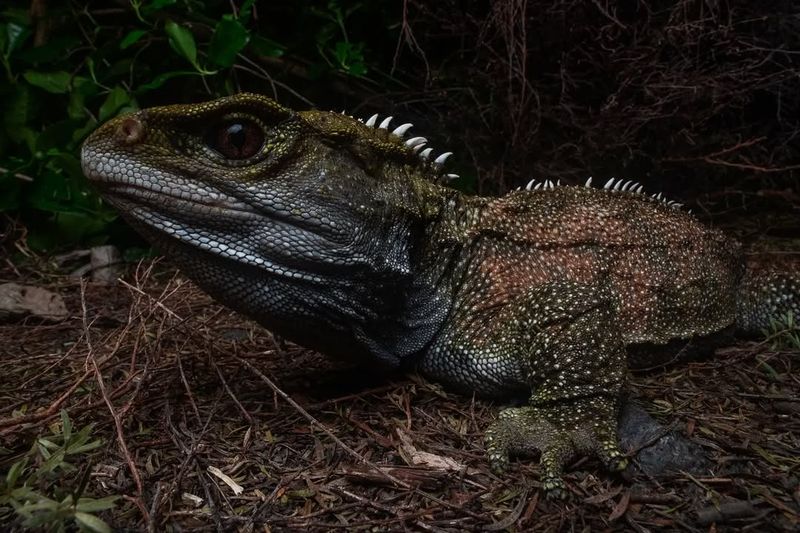
The tuatara, native to New Zealand, is a unique reptile that resembles lizards but belongs to a distinct lineage dating back 200 million years. Its spiny crest and beady eyes are reminiscent of ancient ancestors.
Tuatara thrive in cooler climates, unlike most reptiles. Their slow growth and late maturity make them vulnerable to predation and habitat changes.
9. Nautilus
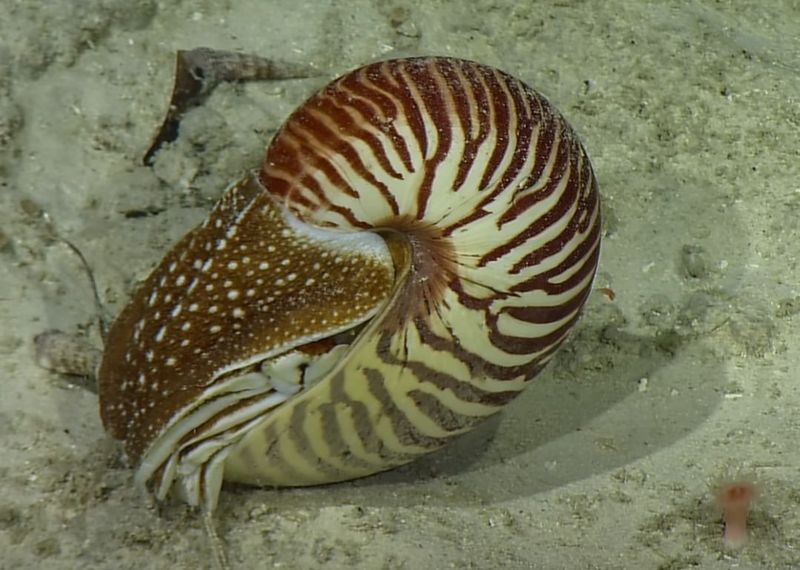
The nautilus, with its iconic spiral shell, is a marine cephalopod that has changed little over millions of years. Found in the deep ocean near Indo-Pacific regions, it uses jet propulsion to navigate, an efficient and ancient method.
Nautiluses are scavengers, feeding on detritus and small prey. Their shells, prized for their beauty, have led to overharvesting, threatening their populations.
10. Cassowary
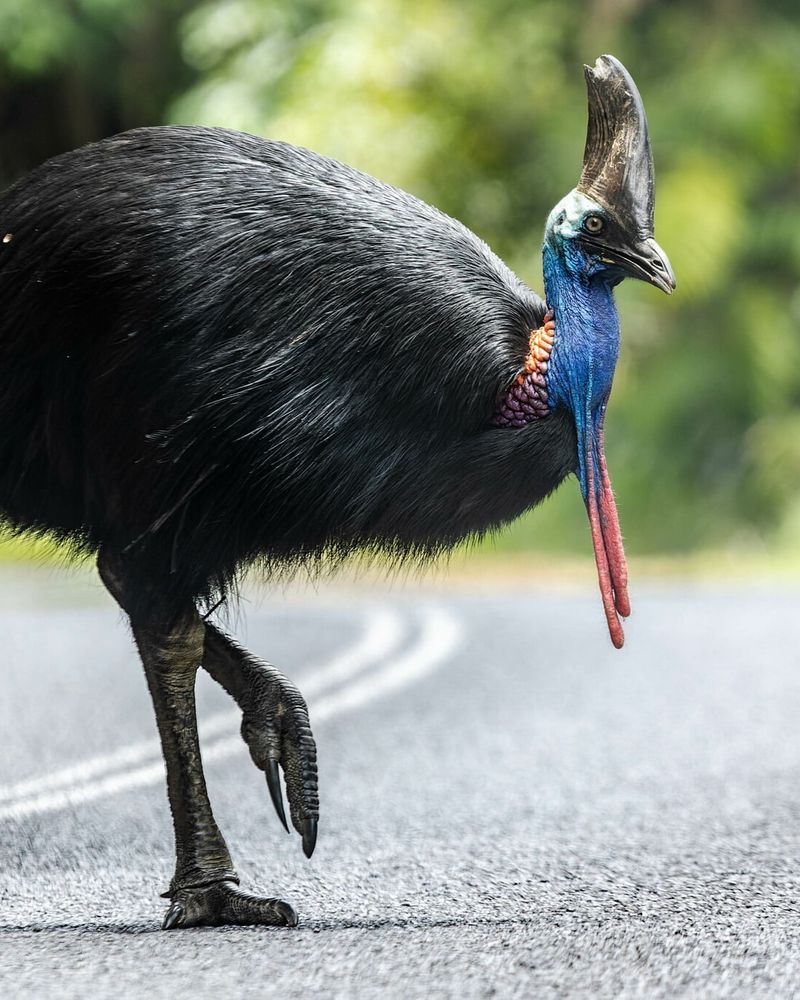
The cassowary, a flightless bird from Australia and New Guinea, is known for its striking appearance and powerful legs. With a colorful casque atop its head and vivid blue feathers, it resembles a creature from the age of dinosaurs.
Cassowaries play a vital role in rainforest ecosystems by dispersing seeds. However, habitat loss and road accidents pose significant threats.
11. Goblin Shark
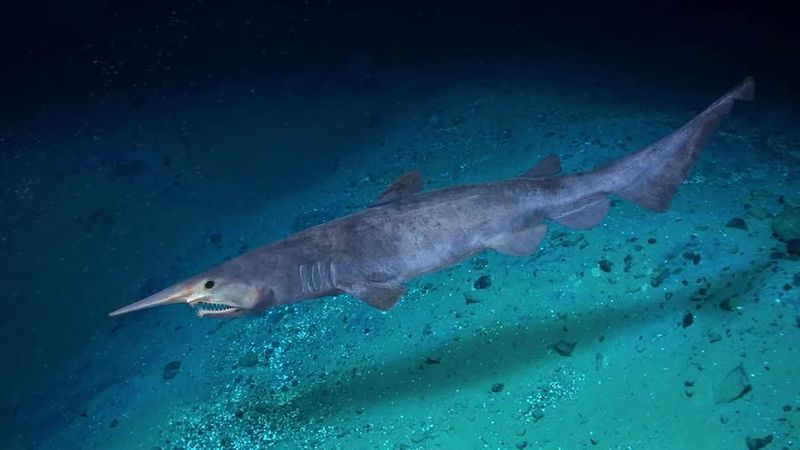
The goblin shark, often dubbed the ‘living fossil’ of the shark world, is a rare deep-sea predator with roots tracing back 125 million years. Its elongated snout and protruding jaws give it an eerie, prehistoric appearance.
Inhabiting the dark depths of the ocean, it remains elusive, with little known about its behaviors. Goblin sharks feed on fish and squid, using their unique jaws to ambush prey.
12. Gharial
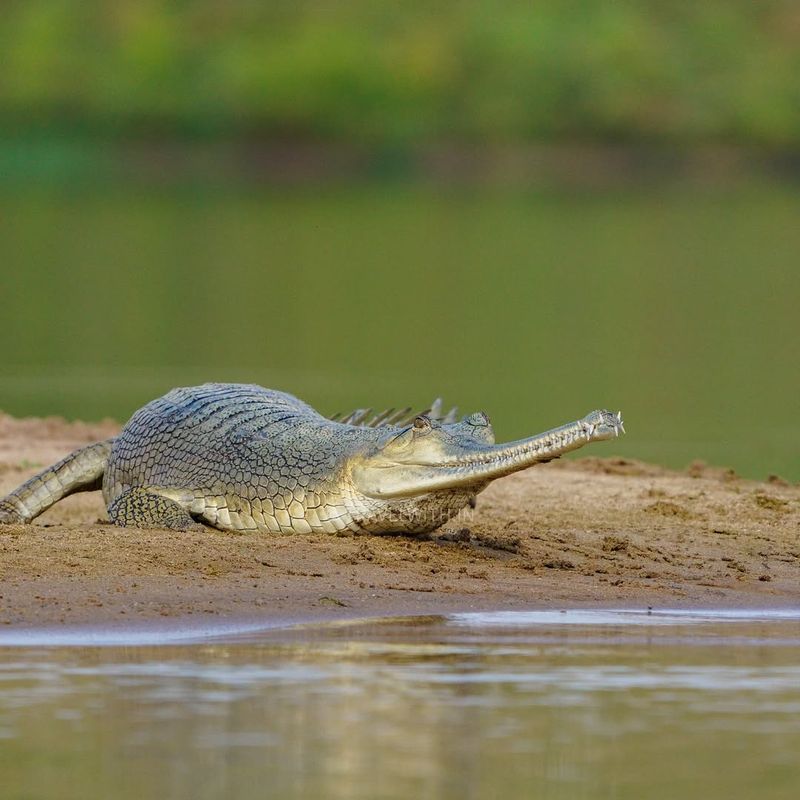
The gharial, with its long, thin snout and sharp teeth, is among the most distinctive crocodilians. Native to the river systems of India and Nepal, they specialize in catching fish, their slender snouts an evolutionary marvel.
Gharials bask on riverbanks, a behavior crucial for thermoregulation. Their populations have drastically declined due to habitat destruction and fishing practices.


